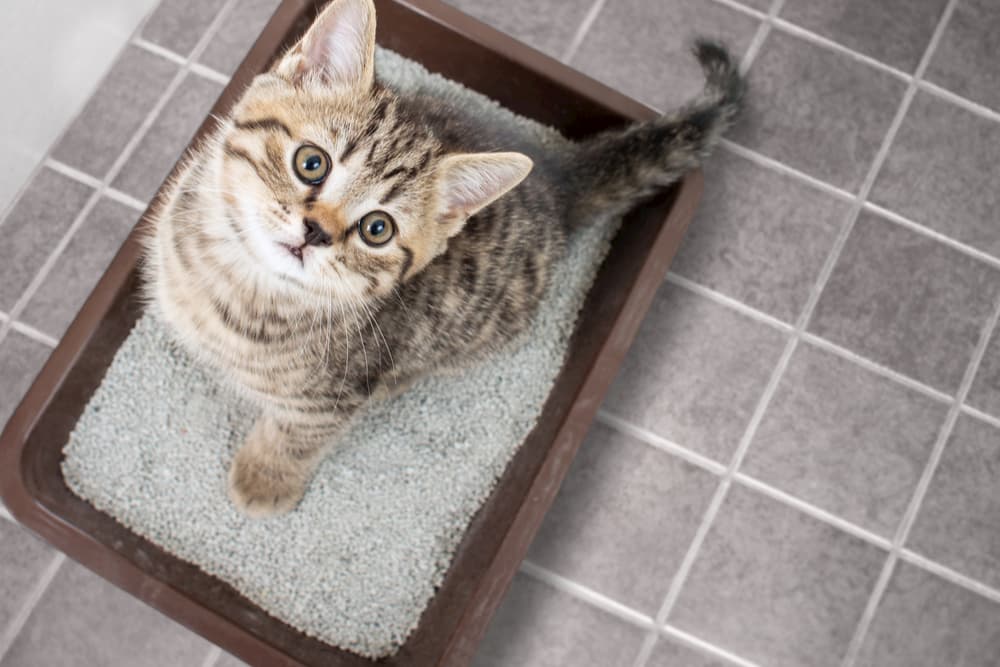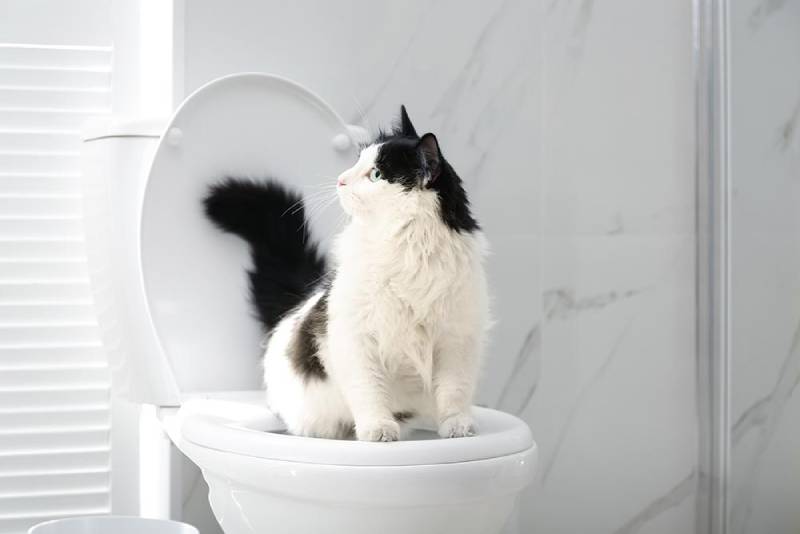Why You Mustn't Flush Cat Poop Down Your Toilet - Preserve Your Plumbing System
Why You Mustn't Flush Cat Poop Down Your Toilet - Preserve Your Plumbing System
Blog Article
Presented here down the page you can get more worthwhile content on the subject of How to Dispose of Cat Poop and Litter Without Plastic Bags.

Intro
As feline owners, it's necessary to be mindful of just how we take care of our feline close friends' waste. While it might seem convenient to flush cat poop down the toilet, this technique can have detrimental repercussions for both the environment and human health and wellness.
Alternatives to Flushing
Luckily, there are more secure and more accountable means to get rid of pet cat poop. Take into consideration the complying with choices:
1. Scoop and Dispose in Trash
The most common method of dealing with cat poop is to scoop it right into a naturally degradable bag and throw it in the garbage. Make sure to make use of a devoted litter scoop and take care of the waste quickly.
2. Usage Biodegradable Litter
Opt for naturally degradable pet cat litter made from materials such as corn or wheat. These trashes are eco-friendly and can be safely gotten rid of in the garbage.
3. Hide in the Yard
If you have a backyard, consider burying cat waste in a designated area away from vegetable yards and water sources. Make sure to dig deep adequate to stop contamination of groundwater.
4. Set Up a Pet Waste Disposal System
Buy a pet dog garbage disposal system specifically made for feline waste. These systems use enzymes to break down the waste, lowering odor and ecological effect.
Health Risks
Along with ecological worries, purging feline waste can additionally position wellness risks to people. Feline feces may have Toxoplasma gondii, a parasite that can trigger toxoplasmosis-- a possibly severe disease, especially for expectant women and individuals with weakened body immune systems.
Ecological Impact
Flushing cat poop presents damaging microorganisms and parasites into the water supply, posing a considerable risk to marine ecosystems. These impurities can negatively impact marine life and concession water high quality.
Conclusion
Accountable pet ownership expands beyond offering food and sanctuary-- it also includes appropriate waste management. By avoiding purging pet cat poop down the commode and selecting alternate disposal techniques, we can minimize our ecological impact and safeguard human health.
Why Can’t I Flush Cat Poop?
It Spreads a Parasite
Cats are frequently infected with a parasite called toxoplasma gondii. The parasite causes an infection called toxoplasmosis. It is usually harmless to cats. The parasite only uses cat poop as a host for its eggs. Otherwise, the cat’s immune system usually keeps the infection at low enough levels to maintain its own health. But it does not stop the develop of eggs. These eggs are tiny and surprisingly tough. They may survive for a year before they begin to grow. But that’s the problem.
Our wastewater system is not designed to deal with toxoplasmosis eggs. Instead, most eggs will flush from your toilet into sewers and wastewater management plants. After the sewage is treated for many other harmful things in it, it is typically released into local rivers, lakes, or oceans. Here, the toxoplasmosis eggs can find new hosts, including starfish, crabs, otters, and many other wildlife. For many, this is a significant risk to their health. Toxoplasmosis can also end up infecting water sources that are important for agriculture, which means our deer, pigs, and sheep can get infected too.
Is There Risk to Humans?
There can be a risk to human life from flushing cat poop down the toilet. If you do so, the parasites from your cat’s poop can end up in shellfish, game animals, or livestock. If this meat is then served raw or undercooked, the people who eat it can get sick.
In fact, according to the CDC, 40 million people in the United States are infected with toxoplasma gondii. They get it from exposure to infected seafood, or from some kind of cat poop contamination, like drinking from a stream that is contaminated or touching anything that has come into contact with cat poop. That includes just cleaning a cat litter box.
Most people who get infected with these parasites will not develop any symptoms. However, for pregnant women or for those with compromised immune systems, the parasite can cause severe health problems.
How to Handle Cat Poop
The best way to handle cat poop is actually to clean the box more often. The eggs that the parasite sheds will not become active until one to five days after the cat poops. That means that if you clean daily, you’re much less likely to come into direct contact with infectious eggs.
That said, always dispose of cat poop in the garbage and not down the toilet. Wash your hands before and after you clean the litter box, and bring the bag of poop right outside to your garbage bins.
https://trenchlesssolutionsusa.com/why-cant-i-flush-cat-poop/

Do you really like more info about Can You Flush Cat Poo or Litter Down the Toilet?? Leave a comment further down. We will be pleased to find out your feelings about this article. Hoping to see you back again soon. You should set aside a second to distribute this page if you enjoyed reading it. Thanks so much for going through it.
Call Today Report this page